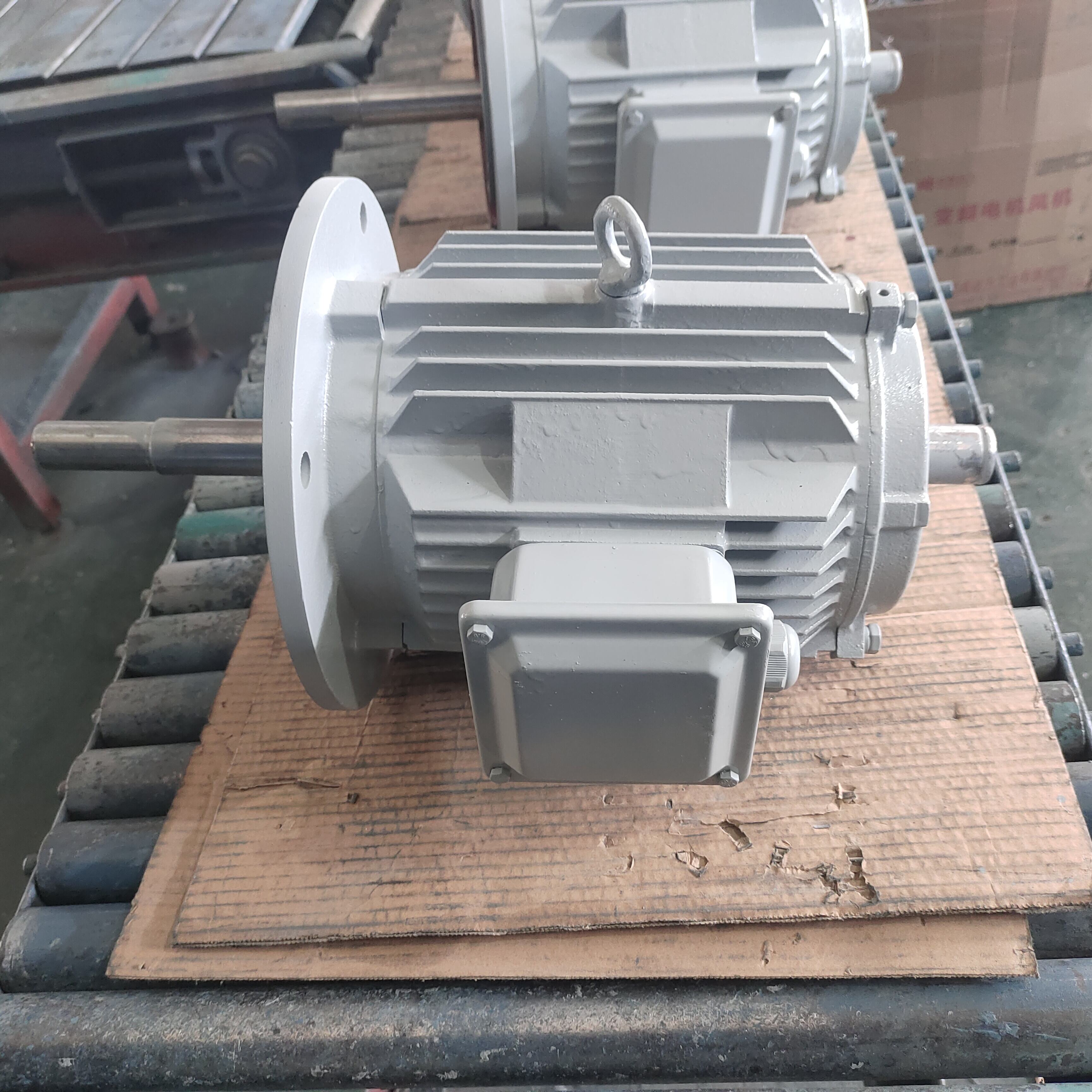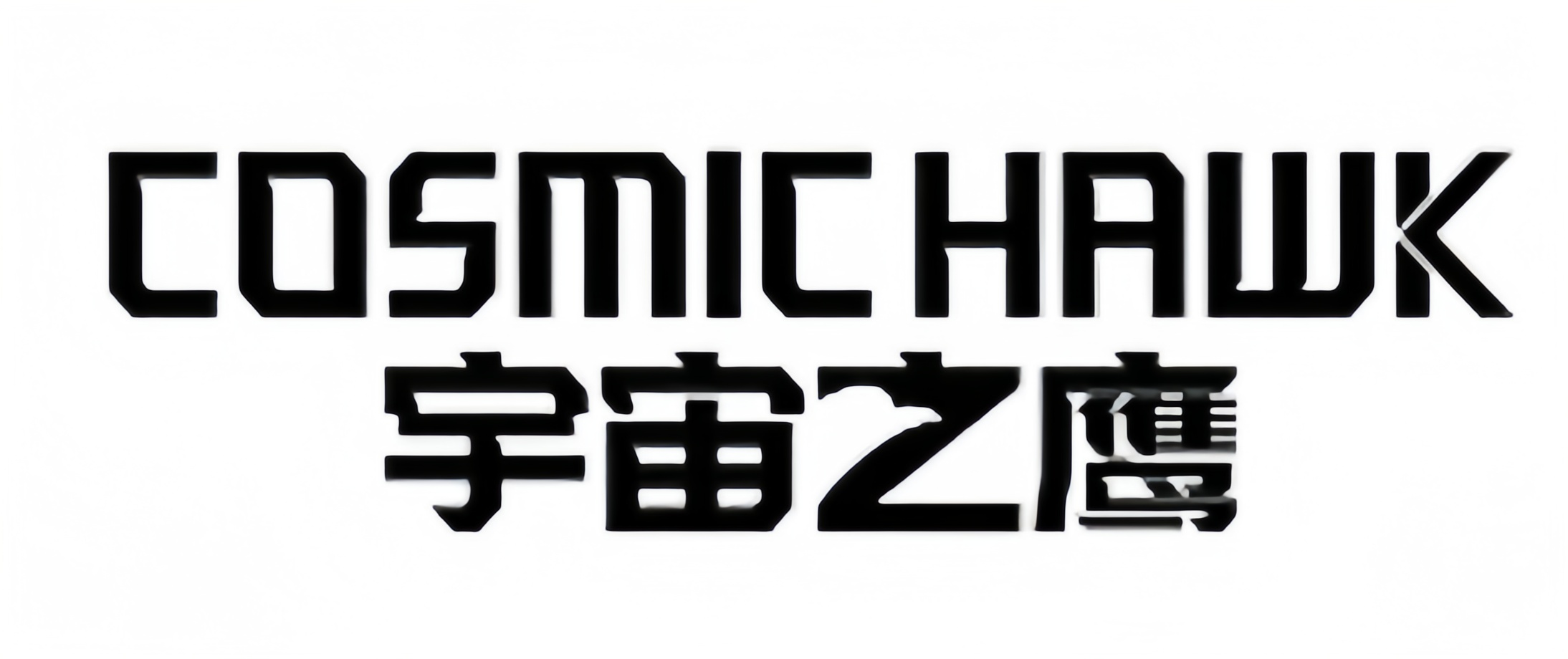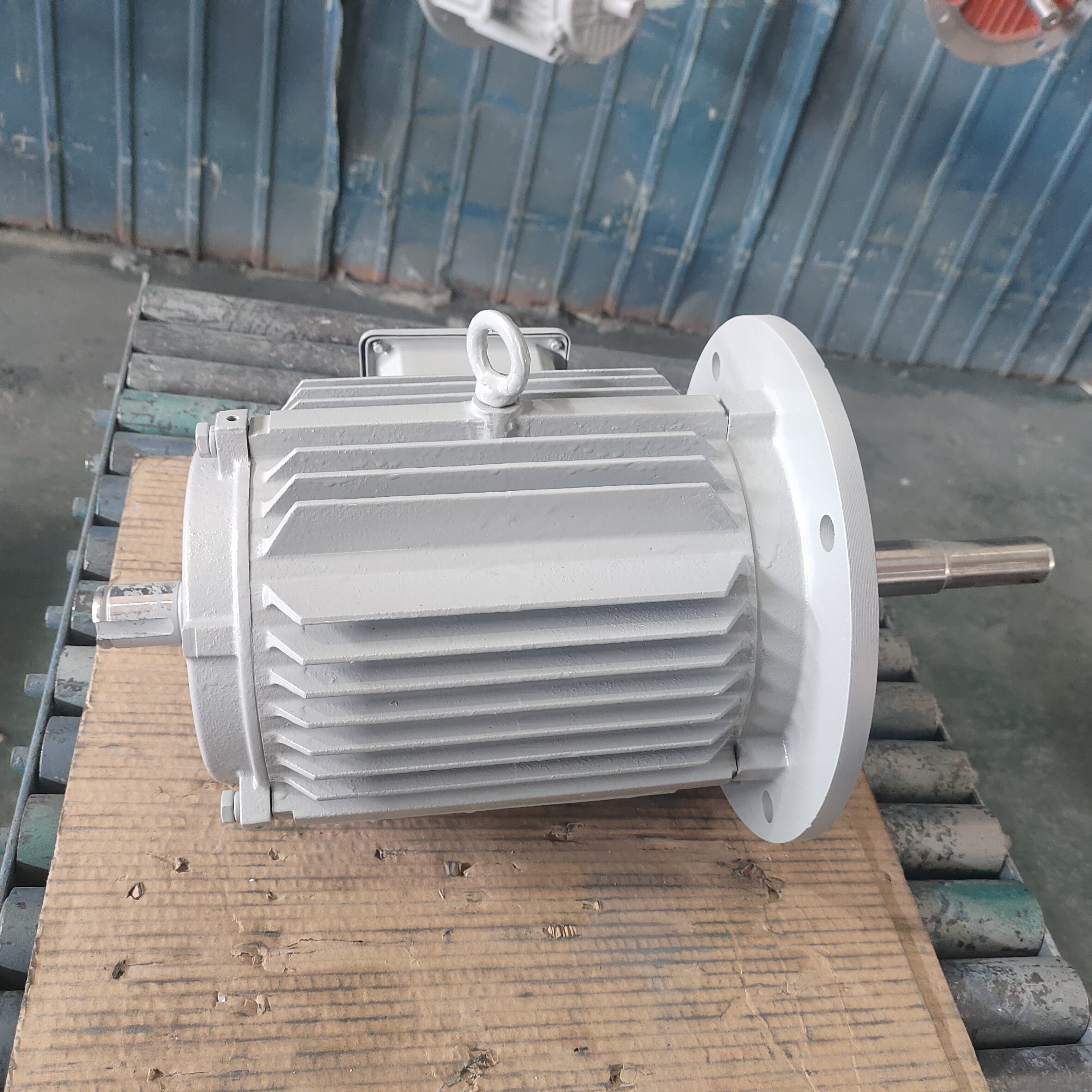Understanding the Evolution of Motor Technology in Modern Industry
The landscape of industrial automation and machinery has undergone a remarkable transformation with the emergence of integrated motor technology. As manufacturing demands become increasingly sophisticated, the choice between integrated motor systems and traditional motor setups has become a crucial decision for engineers and facility managers. This comprehensive analysis delves into the distinctive features, applications, and benefits of both motor types to help you make an informed decision for your specific needs.
The Fundamental Architecture of Integrated Motor Systems
Core Components and Design Philosophy
An integrated motor represents a revolutionary approach to motion control, combining the motor, drive electronics, and control systems into a single, compact unit. This unified design eliminates the need for external drive cabinets, reducing complexity and installation requirements. The integration of components results in a more streamlined system where all elements are optimized to work together seamlessly.
The architecture of an integrated motor system typically includes built-in power electronics, sophisticated control algorithms, and communication interfaces. This all-in-one approach not only saves space but also minimizes potential points of failure in the system. The careful engineering behind these systems ensures optimal performance through perfectly matched components working in harmony.
Advanced Features and Capabilities
Modern integrated motor systems come equipped with numerous advanced features that set them apart from traditional setups. These include built-in diagnostic capabilities, real-time monitoring systems, and adaptive control algorithms that can optimize performance on the fly. The integration of smart features allows for predictive maintenance, reducing unexpected downtime and extending equipment life.
The sophisticated control systems within integrated motors enable precise motion control, faster response times, and improved accuracy in various applications. These capabilities make them particularly valuable in industries requiring high precision, such as robotics, packaging, and automated manufacturing processes.

Traditional Motor Systems: Understanding the Classic Approach
Traditional Setup and Configuration
Traditional motor systems consist of separate components - the motor, drive, and control system - each requiring individual installation and configuration. This modular approach has been the industry standard for decades, offering flexibility in component selection and easier individual part replacement. The separate components are typically housed in different locations, with the motor on the machine and the drive in a control cabinet.
The conventional setup allows for mixing and matching components from different manufacturers, providing greater flexibility in system design and procurement. This approach can be advantageous when specific components need to be replaced or upgraded without affecting the entire system.
Maintenance and Serviceability Considerations
Traditional motor systems often require more extensive wiring and installation work, but they can be easier to troubleshoot due to the separation of components. Maintenance technicians can access and service individual components without affecting the entire system. This modularity can be particularly beneficial in environments where quick component replacement is essential to minimize downtime.
The familiar nature of traditional systems means that many maintenance teams are already well-versed in their operation and repair, potentially reducing training requirements and maintenance costs in some scenarios.
Performance Comparison and Efficiency Analysis
Energy Efficiency and Power Management
Integrated motor systems typically demonstrate superior energy efficiency due to their optimized design and reduced power transmission losses. The close integration of components minimizes energy loss through cables and connections, resulting in better overall system efficiency. The built-in power management features allow for precise control of energy consumption based on actual demand.
Advanced power management algorithms in integrated motors can automatically adjust performance parameters to maintain optimal efficiency under varying load conditions. This dynamic adaptation capability often leads to significant energy savings compared to traditional systems.
Space Utilization and Installation Benefits
One of the most significant advantages of integrated motor solutions is their compact design and reduced footprint. By eliminating the need for separate drive cabinets and extensive wiring, these systems can dramatically reduce the space required for installation. This space-saving feature is particularly valuable in facilities where floor space comes at a premium.
The simplified installation process of integrated motors can significantly reduce setup time and associated labor costs. With fewer components to install and connect, the risk of installation errors is also minimized, leading to more reliable system deployment.
Cost Analysis and Return on Investment
Initial Investment Considerations
While integrated motor systems may have a higher upfront cost compared to traditional setups, the total cost of ownership often proves more favorable over time. The reduced installation costs, lower maintenance requirements, and improved energy efficiency contribute to long-term cost savings. Organizations must consider these factors when evaluating the financial implications of their motor system choice.
The elimination of external components and reduced wiring requirements can lead to significant savings in installation and material costs. Additionally, the compact design of integrated motors may allow for more efficient use of facility space, potentially reducing real estate costs in new installations.
Long-term Operational Costs
The operational costs of integrated motor systems typically show advantages in terms of reduced maintenance requirements and improved energy efficiency. The built-in diagnostic capabilities can help prevent costly breakdowns through early detection of potential issues. The simplified system architecture also means fewer components that could potentially fail.
When calculating long-term costs, considerations should include energy consumption, maintenance requirements, spare parts inventory, and system reliability. The advanced features of integrated motors often contribute to extended equipment life and reduced downtime, further improving the return on investment.
Frequently Asked Questions
What are the main advantages of choosing an integrated motor system?
Integrated motor systems offer several key benefits including reduced installation complexity, improved energy efficiency, compact design, and advanced diagnostic capabilities. They also typically provide better performance through optimized component integration and reduced maintenance requirements.
How does the maintenance process differ between integrated and traditional motors?
Integrated motors generally require less routine maintenance due to their sealed design and built-in diagnostics. However, when service is needed, the entire unit may need to be replaced. Traditional motors allow for individual component maintenance but require more regular upkeep and monitoring of separate components.
Can integrated motors be retrofitted into existing systems?
Yes, integrated motors can often be retrofitted into existing systems, though careful planning is required. The process typically involves evaluating space requirements, updating control systems, and ensuring compatibility with existing machinery. The retrofit process may require initial adjustments but can lead to significant improvements in system performance and efficiency.


